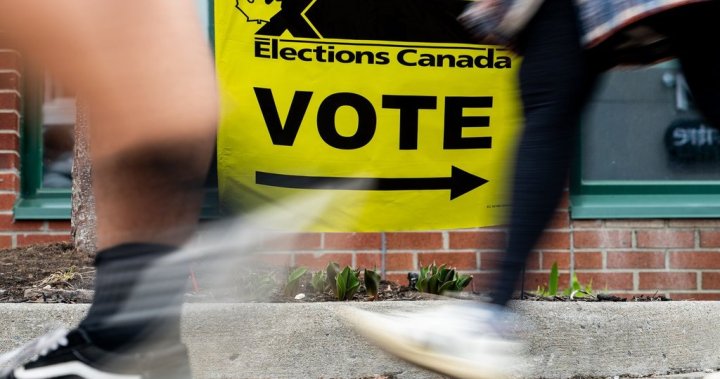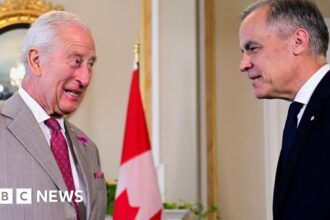In a remarkable display of democratic engagement, the Maritime provinces have emerged as the surprising frontrunners in voter participation during Monday’s federal election. New Brunswick, Nova Scotia, and Prince Edward Island recorded their highest turnout figures in over two decades, defying national predictions and showcasing a reinvigorated political landscape across Atlantic Canada.
According to Elections Canada’s preliminary data, New Brunswick led the regional surge with an impressive 76.2% voter turnout, closely followed by Prince Edward Island at 75.8% and Nova Scotia at 74.9%. These figures represent increases of approximately 8-10 percentage points compared to the 2023 election, when Maritime participation hovered between 66-68%.
“What we’re witnessing is nothing short of an electoral renaissance in Atlantic Canada,” remarked Dr. Melissa Thompson, political science professor at Dalhousie University. “The combination of highly competitive local races, economic anxiety, and targeted youth engagement initiatives created perfect conditions for elevated participation.”
The surge stands in sharp contrast to the 2023 election, which saw Canada News outlets reporting record low engagement across much of the country. Analysis from Elections Canada suggests several factors contributed to this regional phenomenon, including the unusually high number of tightly contested ridings throughout the Maritimes.
In Halifax, first-time voter Jenna Williams, 22, told CO24: “Everyone I know was posting about voting on social media. There was this collective feeling that this election actually mattered for our future, especially with the economic promises centered on Atlantic Canada.”
The heightened participation coincided with intense campaign focus on regional concerns. All major political parties made significant promises addressing Atlantic Canada’s healthcare shortages, housing affordability crisis, and coastal infrastructure needs. Party leaders collectively made 27 campaign stops across the Maritimes – nearly double the number from the previous election cycle.
Economic factors appear to have played a crucial role in motivating voters. With inflation disproportionately affecting Maritime provinces and housing costs skyrocketing in previously affordable markets like Moncton and Halifax, voters expressed unprecedented concerns about financial stability.
“When people feel economic pressure, they become more engaged politically,” explained Roger Sullivan, regional director for Vote Canada Now, a non-partisan voter engagement organization. “Our pre-election surveys showed economic anxiety was the primary motivator for Maritime voters, with 72% citing affordability concerns as their main reason for voting.”
Digital innovation also contributed significantly to the turnout surge. Elections Canada’s expanded online registration system processed over 120,000 new Maritime voters – predominantly younger demographics – while community-based organizations partnered with local universities to establish “democracy hubs” on campuses across the region.
The surge wasn’t limited to urban centers. Rural communities throughout New Brunswick and Nova Scotia reported participation increases between 9-12%, challenging the traditional urban-rural divide in electoral engagement. In Cumberland-Colchester, a primarily rural Nova Scotia riding, turnout reached a remarkable 78.3%.
Indigenous communities also reported historic participation levels. The Membertou First Nation near Sydney, Nova Scotia, saw approximately 81% of eligible voters cast ballots – the highest figure ever recorded for the community.
Political analysts are now questioning whether this Maritime phenomenon represents a regional anomaly or the beginning of a broader shift in Canadian electoral participation. As world news continues to highlight democratic backsliding in various countries, Canada’s Atlantic region may be offering a compelling counternarrative.
“The question isn’t just why turnout surged in the Maritimes,” said Thompson. “It’s whether these engagement strategies can be replicated in other regions where participation has been declining for decades.”
As federal parties begin analyzing election results, the Maritime turnout surge raises a compelling question for political strategists and democratic institutions alike: Have we underestimated Canadians’ appetite for meaningful political participation, or have the Maritime provinces discovered a unique formula for democratic renewal that the rest of the country has yet to embrace?

























